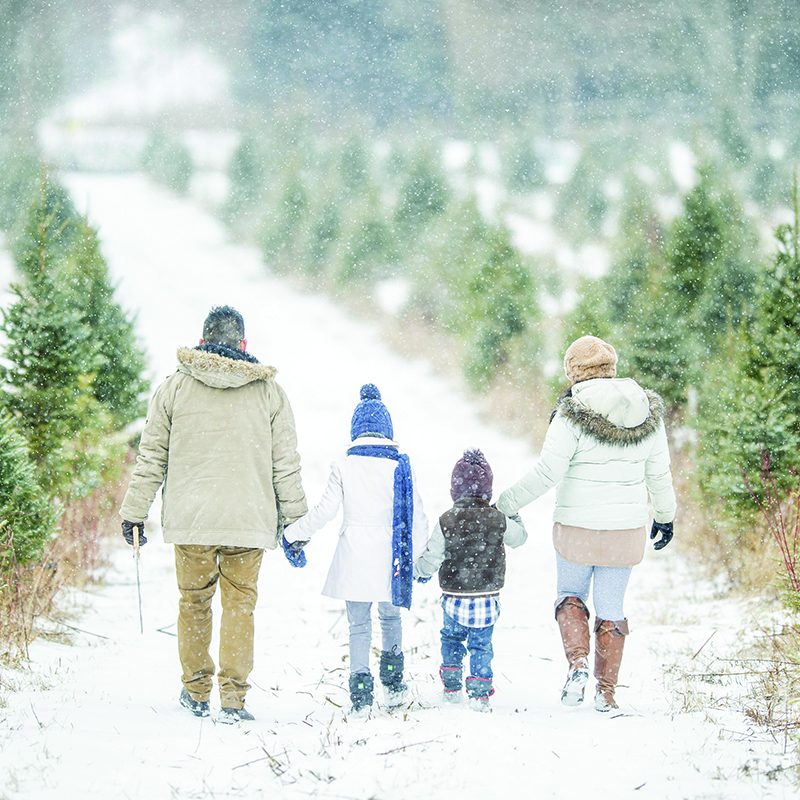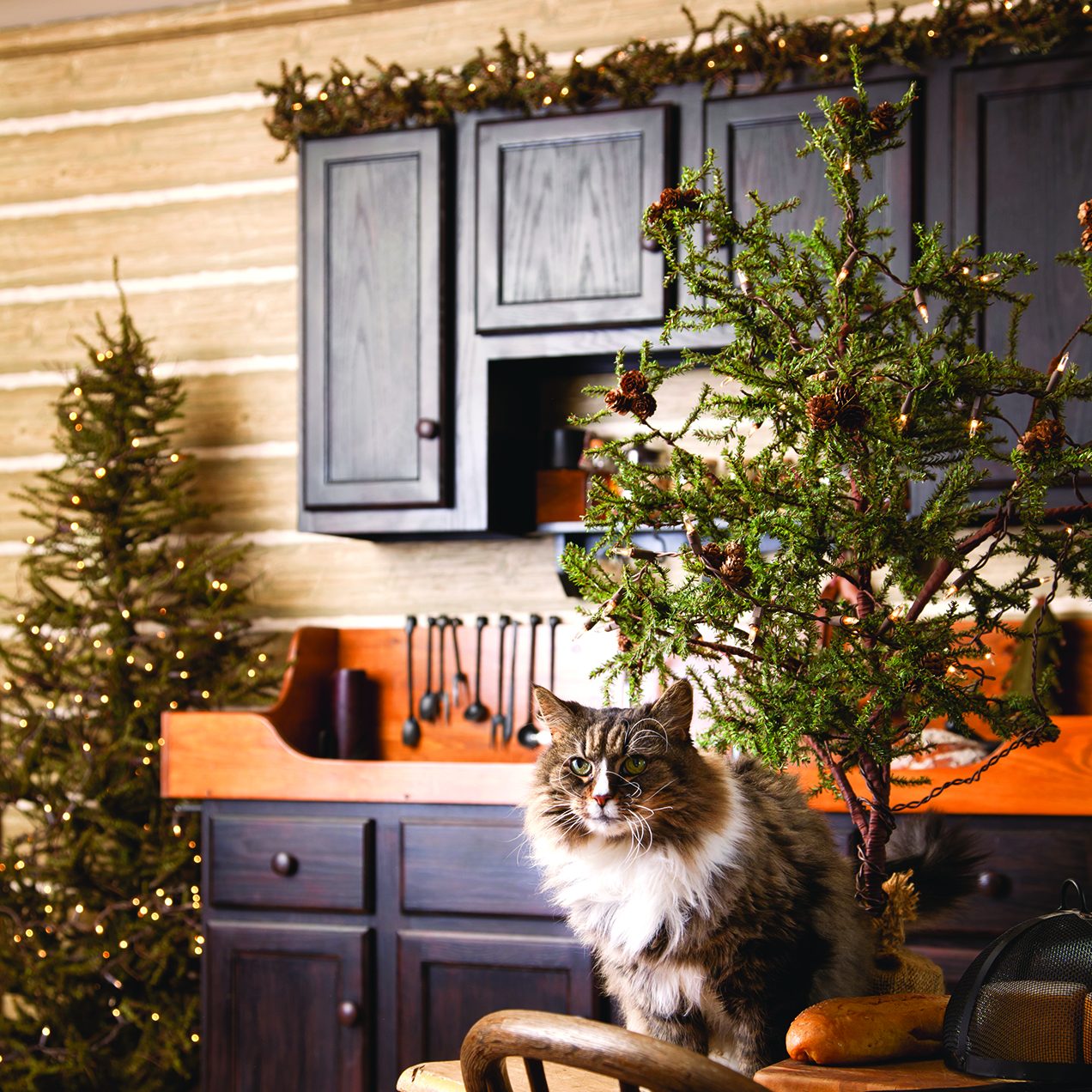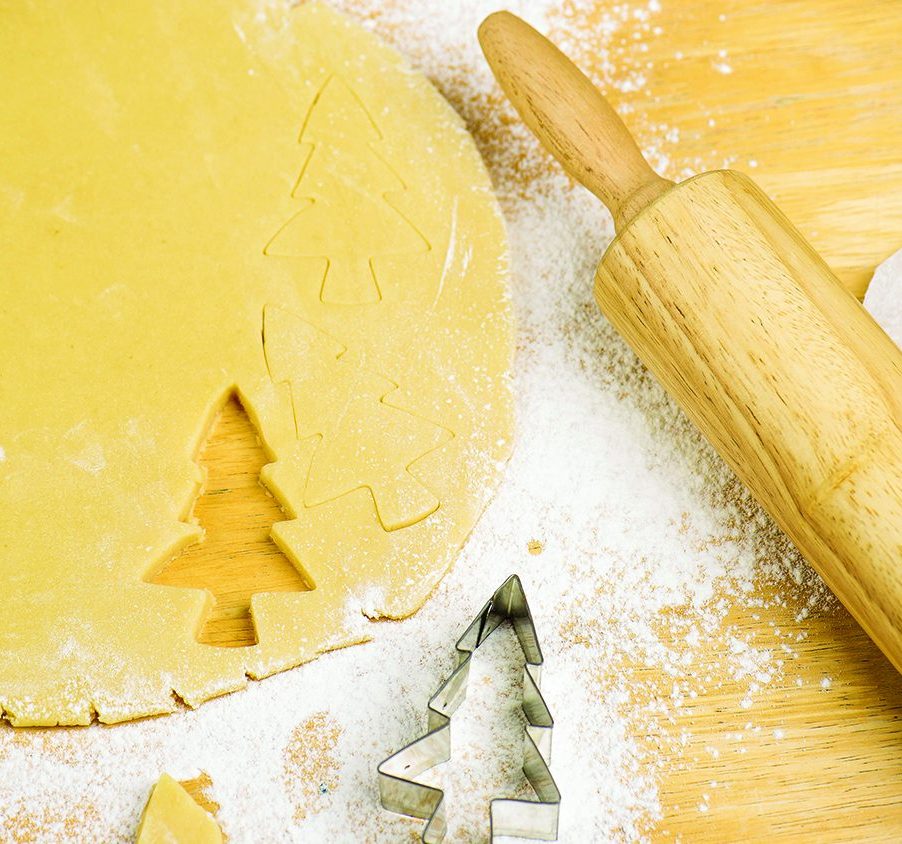Though retailers may begin playing holiday tunes shortly after Halloween, for many people, no date on the calendar marks the beginning of the holiday season better than the day they pick up their Christmas tree.
There are many different ways to acquire a Christmas tree. Some people prefer artificial Christmas trees that can be stored and taken out each year. Others make a yearly expedition to a tree lot or a Christmas tree farm to find the perfect fir or spruce. Historians believe a man named W.V. McGallard planted 25,000 Norway spruce seedlings at his Mercer County, New Jersey farm in 1901, essentially establishing the first commercial Christmas tree farm. By 1908, customers could visit the farm and choose trees for $1 each. McGallard helped create an entirely new industry that now accounts for 350 million trees being grown and sold in the United States every year.
Selecting a Christmas tree may not take more than an hour or two, but there are ways for families and other tree shoppers to maximize their time spent looking for a tree.
Bring Refreshments
Couple Christmas tree shopping with picnicking if the weather is amenable. Pack some foldable chairs into the vehicle (sitting on the ground on a blanket may be too cold) and bring along thermoses of coffee or hot cocoa. Snacks like granola bars, Christmas cookies or other filling treats can keep everyone satisfied and energized while they shop for a tree.
Pair Tree Shopping With A Trip To See Lighting Displays
Find the tree lot or tree farm and then scope out potentially scenic spots to view holiday lighting displays nearby. Neighborhood Facebook or other social media groups often tout homes that put up eye-catching displays. Ask around for addresses and plan your own tours.
Plan A Night Out
Everyone may be tired and hungry after a long day of Christmas tree hunting. Plus, it’s typically a good idea to wait some time for boughs to open before decorating. Use this opportunity to dine out and return home ready to decorate. Make it a regular occurrence that Christmas tree shopping is followed by a family meal at a favorite restaurant.
Watch A Classic Film
Many different holiday movies are broadcast this time of year and each enhances the Christmas spirit. While putting up the tree, play a favorite film in the background. What better way to enjoy decorating your own tree than by watching Charlie Brown adorn his meager evergreen at the same time?
Make a day of selecting and putting up the Christmas tree each year. Doing so can enhance the holidays and make for an entertaining way to spend time together as a couple or family.

















